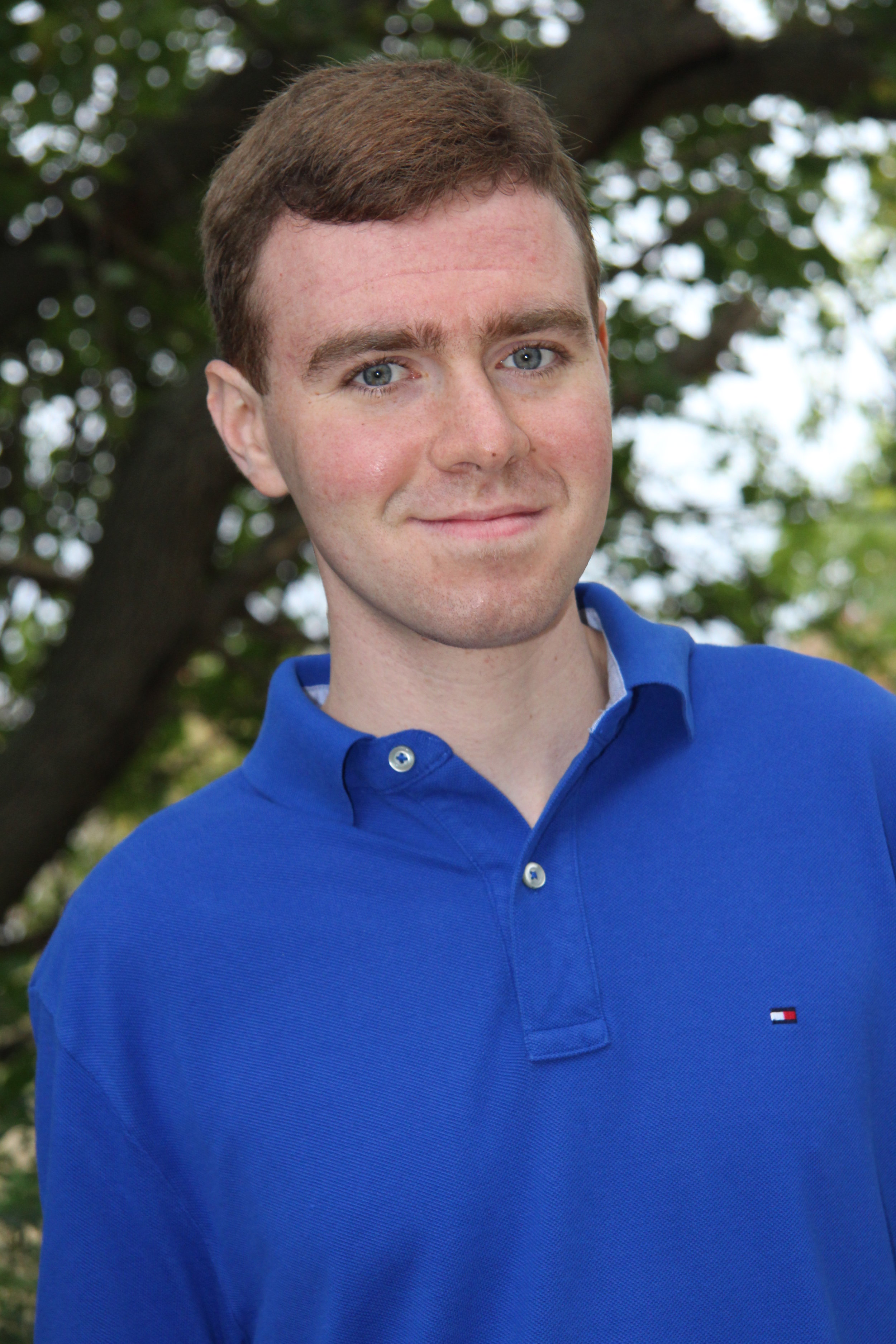Max worked at my studio from May 10th until last Friday. I was impressed with his persistence – when a task was a bit out of his field of expertise, he did whatever it took to see the task through to its successful completion. Showing up and doing the work is Max's strength.
I asked him a couple of questions about the internship and here are his answers:
What were your tasks during the internship?
During my internship, Signe was working on her animated feature film, “My Love Affair with Marriage”. My responsibilities included coloring Signe’s drawings in Photoshop, compositing them in After Effects, creating exposure sheets and scanning drawings. I was also involved with paper mache-ing and painting 3-D sets and props that will be used in “My Love Affair with Marriage”. I also had the occasional opportunity to create graphics in Photoshop for the film.
How did you get this internship?
Last semester, my Animation Studio professor screened a few segments of Signe’s films in class - I enjoyed her style, humor and the subject matters she tackled on film. Soon after, when I was looking for a summer internship, I saw on Pratt’s website that Signe was hiring interns. I applied right away, and was called the following week for an interview. I was thrilled when Signe offered me the position!
(Signe's note on this: I interviewed about 12 students over the course of 3 months for three summer internship slots and Max was the only one (only one!!!) who sent a thank you note after the interview. When presented with a choice to pick from 12 equally qualified candidates (and considering my personal agenda to help young women animators) that lone thank you note made a strong impact on my choice).
What school are you from?
I am currently a rising junior at Pratt Institute, majoring in 2-D Animation.
Can you say one good thing about this internship?
There are many good things to be said about this internship – I enjoyed working in such a creative environment and was happy to have the opportunity to enhance my technical skills. I really learned a lot from Signe. She has a very interesting way of thinking and a unique process for making films. She inspires those around her to be creative. Additionally, Signe provided valuable insight on what it is like to be a working artist. She often spoke about the business and politics of the industry and what it takes to be an artist /animator today. Working with Signe, you get a complete picture of what is involved in creating an animated film, and putting it out for the world to see.
One bad thing about this internship?
The only bad thing is that the internship came to an end.
Check out Max's work here:
https://mtunney1.wixsite.com/maxtunneyportfolio








